What is Synthetic Intelligence – Technology has never evolved faster than it is today. From machine learning to advanced robotics, every industry is witnessing groundbreaking transformation. But recently, a new term has begun circulating among researchers, futurists, developers, and digital entrepreneurs: Synthetic Intelligence. Many people confuse it with Artificial Intelligence (AI), and while there are similarities, there are also powerful differences. This concept represents the next evolutionary step in intelligent systems and will define how humans interact with digital environments, automation, creativity, and decision-making systems in the coming decades.
In this comprehensive guide, we will explore what Synthetic Intelligence really means, how it works, where it is used, its benefits, challenges, future applications, and how you can start exploring synthetic AI products through platforms like Synthetic Intelligence — one of the emerging hubs offering tools, digital products, and resources related to this futuristic technology.
1. The Definition of Synthetic Intelligence
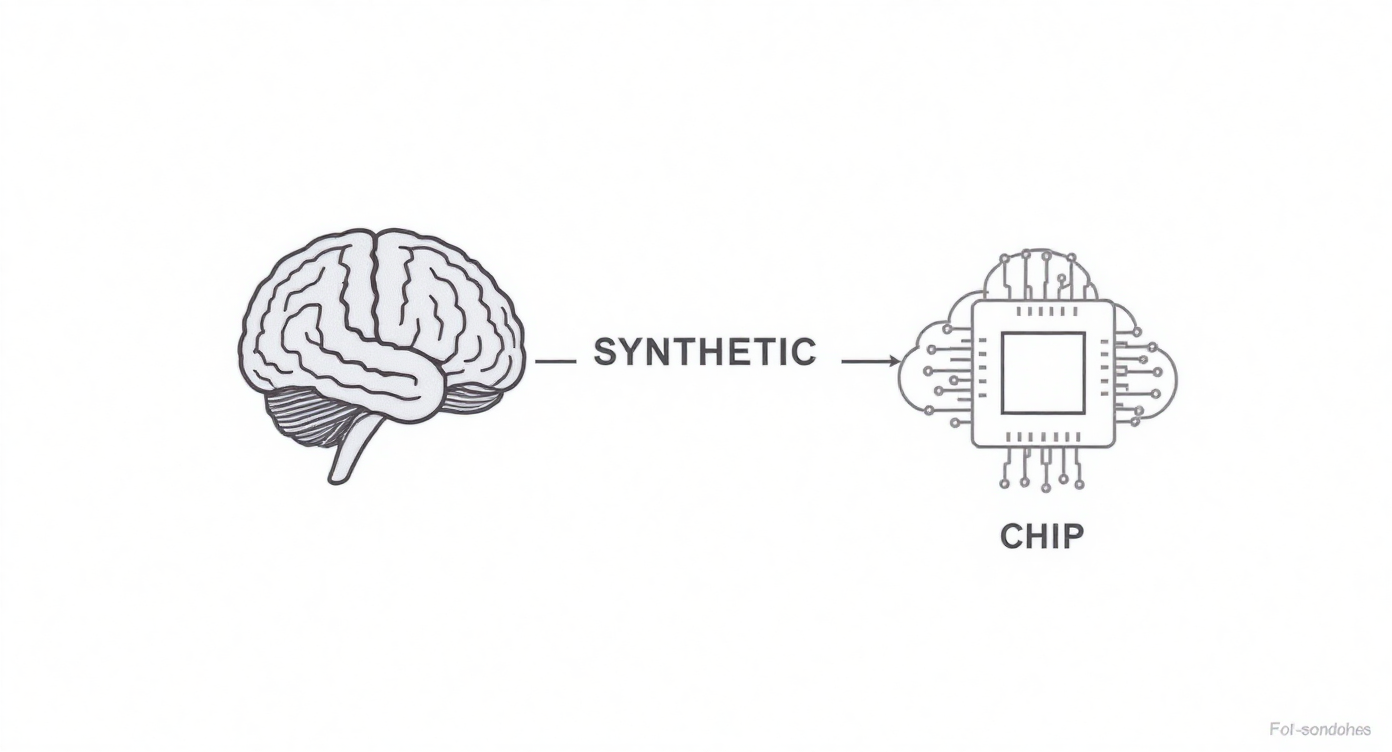
To understand Synthetic Intelligence, we must first break down its core concept. Unlike traditional AI focused on replicating human intelligence, synthetic intelligence refers to the creation of new, artificially designed forms of cognition. These systems do not attempt to copy the human brain; instead, they create intelligence frameworks tailored for computational efficiency.
Where natural intelligence (biological) evolves through biology and experience, synthetic cognition evolves through:
- Code
- Data patterns
- Reasoning algorithms
- Adaptive learning modules
- Recursive self-improvement
In simple terms, Synthetic Intelligence is the engineering of intelligence from scratch using digital logic rather than biology. It is the equivalent of designing a mind without human limitations.
2. How Synthetic Intelligence Differs from Artificial Intelligence
Although many people treat the terms interchangeably, they represent different philosophies.
| Feature | Artificial Intelligence | Synthetic Intelligence |
|---|---|---|
| Goal | Simulate human intelligence | Create new forms of intelligence |
| Limitation | Human cognitive boundaries | Infinite computational scalability |
| Learning Type | Supervised/unsupervised | Synthetic cognitive modeling |
| Decision-making | Pattern-based | Contextual + creative + adaptive |
| Development Approach | Based on psychology/neurology | Based on computational emergence |
AI tries to act like a human.
Synthetic systems aim to surpass human thinking.
This makes Synthetic Intelligence the foundation of:
- Self-building knowledge systems
- Generative cognitive engines
- Artificial creativity
- Autonomous research models
- Synthetic emotional response engines
3. Origins of the Synthetic Intelligence Concept
The earliest seeds of Synthetic Intelligence trace back to early theoretical discussions by mathematicians, philosophers, and cyberneticists. Alan Turing’s question “Can machines think?” laid the foundation.
Later came:
- Cognitive architecture theory
- Cybernetics
- Artificial general intelligence (AGI) studies
- Evolutionary computation
- Neural network modeling
Synthetic cognition emerged as researchers realized:
“Why limit intelligence to what humans can do?”
Instead of copying human brains, we can improve upon them using digital advantages.
4. The Core Principles Behind Synthetic Intelligence
Several principles govern synthetic cognition:
4.1 Emergence
Intelligence emerges from simple rules interacting at scale — like ants forming colonies.
4.2 Recursive Growth
Synthetic minds can improve themselves continuously, evolving without biological limits.
4.3 Non-Biological Reasoning
These systems do not follow human biases or emotional constraints.
4.4 Problem-Specific Architecture
Instead of generalist thinking, synthetic cognitive systems are optimized for precision industries.
5. Components That Power Synthetic Intelligence
A functioning synthetic intelligence system generally includes components such as:
- Deep neural architectures
- Symbolic reasoning engines
- Decision matrices
- Synthetic cognitive memories
- Evolution-based logic
- Adaptive ethical frameworks
- Behavioral learning algorithms
This combination provides synthetic cognition with flexibility, creativity, and unpredictability — qualities previously restricted to biology.
6. How Synthetic Intelligence Works Under the Hood
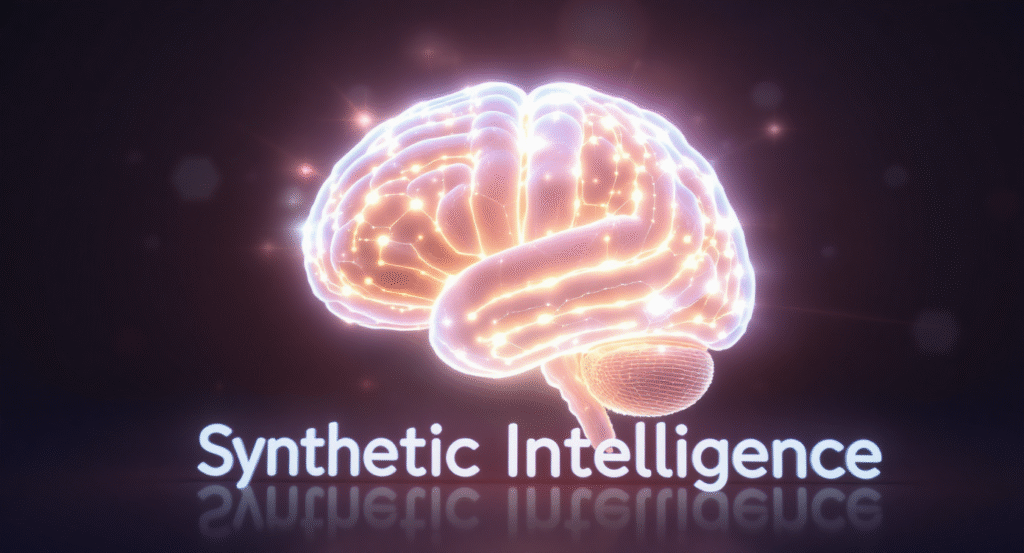
To operate, Synthetic Intelligence undergoes:
Phase 1: Knowledge Intake
Absorbing massive datasets.
Phase 2: Cognitive Modeling
Creating modular knowledge maps.
Phase 3: Behavioral Shaping
Shaping responses through reinforcement.
Phase 4: Adaptive Execution
Responding to dynamic environments.
Phase 5: Self-Optimization
Improving algorithms autonomously.
This self-improving feedback loop is what makes synthetic cognition revolutionary.
7. Applications of Synthetic Intelligence in Today’s World
Synthetic cognitive systems can be used across nearly every industry:
7.1 Healthcare
- Diagnosis modeling
- Personalized treatment engines
- Drug discovery simulations
- Medical imaging interpretation
These systems can detect patterns that human doctors may miss.
7.2 Finance
- Fraud detection
- Autonomous trading
- Real-time risk analysis
- Predictive market modeling
Synthetic cognition can process billions of data points in milliseconds.
7.3 Education
- Personalized learning paths
- AI tutors that adapt to emotions
- Predictive knowledge assessment
7.4 Cybersecurity
- Synthetic threat intelligence
- Pattern anomaly detection
- Autonomous system patching
7.5 Robotics
Robots powered by synthetic cognition can:
- Make decisions
- Predict failures
- Navigate autonomously
7.6 Content Generation
Platforms like Synthetic Intelligence offer digital products capable of:
- Writing content
- Generating designs
- Creating automation systems
8. The Economic Impact of Synthetic Intelligence
According to future-market projections:
- Autonomous decision systems will replace 33% of administrative roles
- Synthetic cognitive engines will boost productivity by 40%
- Businesses using synthetic automation will cut operational costs by 55%
Entire sectors will transform, including:
- Marketing
- Legal research
- Aerospace engineering
- Manufacturing logistics
9. The Advantages of Synthetic Intelligence
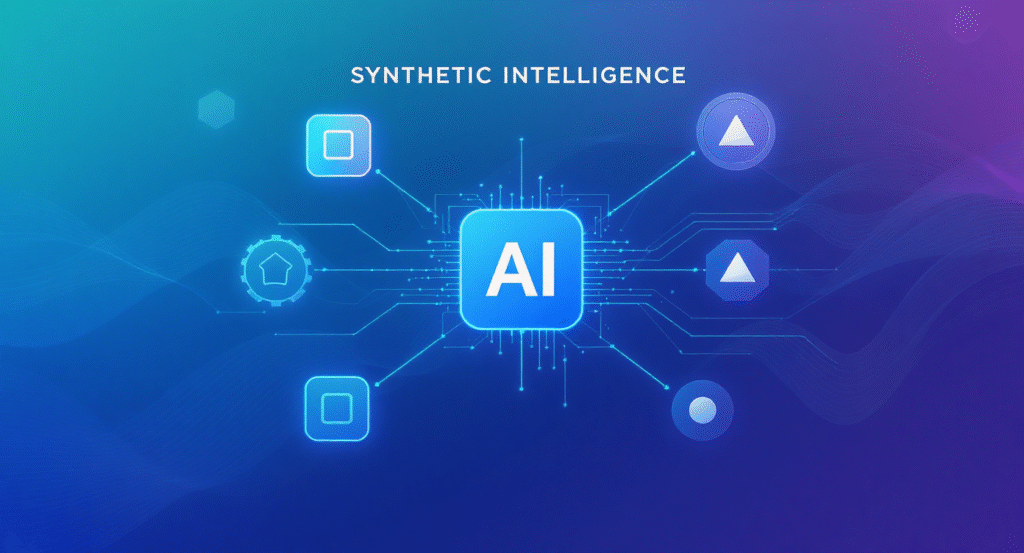
Let’s break down its benefits.
9.1 Extreme Scalability
Unlike humans, synthetic minds can:
- Clone themselves
- Run parallel processes
- Share cognition instantly
9.2 No Biological Weaknesses
No sleep, no fatigue, no bias.
9.3 Emotionally Adaptive
They can simulate empathy, but without instability.
9.4 Endless Memory
Unlike humans, synthetic cognition can expand memory indefinitely.
10. Challenges and Ethical Concerns
Despite benefits, Synthetic Intelligence raises challenges.
10.1 Autonomy Risk
Systems evolving beyond initial human instructions.
10.2 Data Privacy
They require high volumes of user data.
10.3 Digital Job Displacement
Workers may need to upskill rapidly.
10.4 Ethical Alignment
Values must be encoded — carefully.
11. Comparing Synthetic Intelligence and Natural Intelligence
Natural intelligence:
- Learns slowly
- Forgets often
- Is emotionally reactive
Synthetic cognition:
- Learns instantly
- Never forgets
- Uses stable processing logic
However, human creativity, compassion, and moral intuition remain deeply valuable.
12. The Future Potential of Synthetic Intelligence
Soon, we will see:
- AI doctors certifying treatment plans
- Synthetic legal advisors
- Autonomous scientific discovery engines
- AI-driven city traffic ecosystems
Imagine a synthetic cognition system discovering:
- New materials
- New medicines
- Better energy systems
Without human constraints, innovation accelerates exponentially.
13. Will Humans and Synthetic Intelligence Co-Exist?
Yes — cooperation is the most likely outcome.
Humans excel at:
- Emotion
- Ethics
- Innovation
Synthetic cognition excels at:
- Processing
- Optimization
- Automation
Together, they form a hybrid intelligence ecosystem.
14. Synthetic Intelligence vs. Artificial General Intelligence (AGI)
AGI aims to replicate human-level intelligence across all tasks.
Synthetic cognition aims to surpass human reasoning in specialized domains.
AGI = Human-like
Synthetic = Super-human architecture
15. The Role of Platforms like SyntheticIntelligence.shop

Platforms such as Synthetic Intelligence are helping accelerate adoption through:
- AI tools
- Digital eBooks
- Automation assets
- Prompt engineering guides
- Synthetic creativity generators
Users can:
- Build businesses faster
- Automate repetitive tasks
- Generate content instantly
- Improve productivity
16. Real-World Examples of Synthetic Intelligence in Action
Healthcare
AI models predicting cancer risk earlier than radiologists.
Weather
Synthetic climate engines forecasting micro-weather patterns.
Manufacturing
Autonomous maintenance prediction reducing repair downtime.
Entertainment
Synthetic creativity generating music, designs, and scripts.
17. Impact on Education
Synthetic AI tutors can:
- Identify learning weaknesses before teachers
- Personalize curriculums
- Simulate real-world scenarios
Students receive individualized development — something impossible in traditional classrooms.
18. Synthetic Emotional Intelligence
Modern synthetic systems can read:
- Tone
- Facial expression
- Contextual sentiment
This allows:
- Therapeutic chatbots
- Negotiation assistance
- Customer support empathy
19. Autonomous Research
One day, synthetic systems will:
- Form hypotheses
- Conduct simulations
- Write scientific papers
- Peer-review themselves
Human research time will drop dramatically.
20. Creativity, Art, and Design
Synthetic cognition can help generate:
- Unique art
- Brand designs
- Marketing campaigns
- Storytelling archetypes
Tools on websites like Synthetic Intelligence enable creators to scale output instantly.
21. Robotics Integration
When robotics + synthetic cognition merge:
- Home assistants
- Caregiving robots
- Autonomous delivery
- Disaster rescue robots
All become exponentially more capable.
22. The Evolution of Digital Identity
Synthetic avatars can:
- Represent you online
- Manage schedules
- Negotiate with other synthetic agents
- Build personal brands autonomously
23. Security and Ethical Defense Systems
Synthetic cybersecurity tools can:
- Detect breaches instantly
- Patch vulnerabilities automatically
- Predict attack patterns
- Counter-hack autonomously
24. The Workforce of the Future
Humans may shift towards:
- Creative direction roles
- Strategic oversight
- Emotional intelligence roles
- Synthetic system management
Jobs will transform, not disappear.
25. Preparing Yourself for a Synthetic Future
You can begin by learning:
- Prompt engineering
- Automation workflows
- Data literacy
- Cognitive system integration
Platforms like Synthetic Intelligence provide educational resources to start.
26. Myths About Synthetic Intelligence
Myth 1: It will replace all humans
Truth: It will replace tasks, not people.
Myth 2: It is dangerous by default
Truth: Ethical frameworks prevent uncontrolled behavior.
Myth 3: It’s just another AI buzzword
Truth: It represents a distinct research direction.
27. What Happens When Synthetic Minds Collaborate?
Imagine millions of synthetic cognitive agents:
- Sharing memory
- Sharing optimization strategies
- Collaborating on research
- Solving unsolvable problems
Innovation becomes exponential.
28. Interfacing Synthetic Cognition with Biology
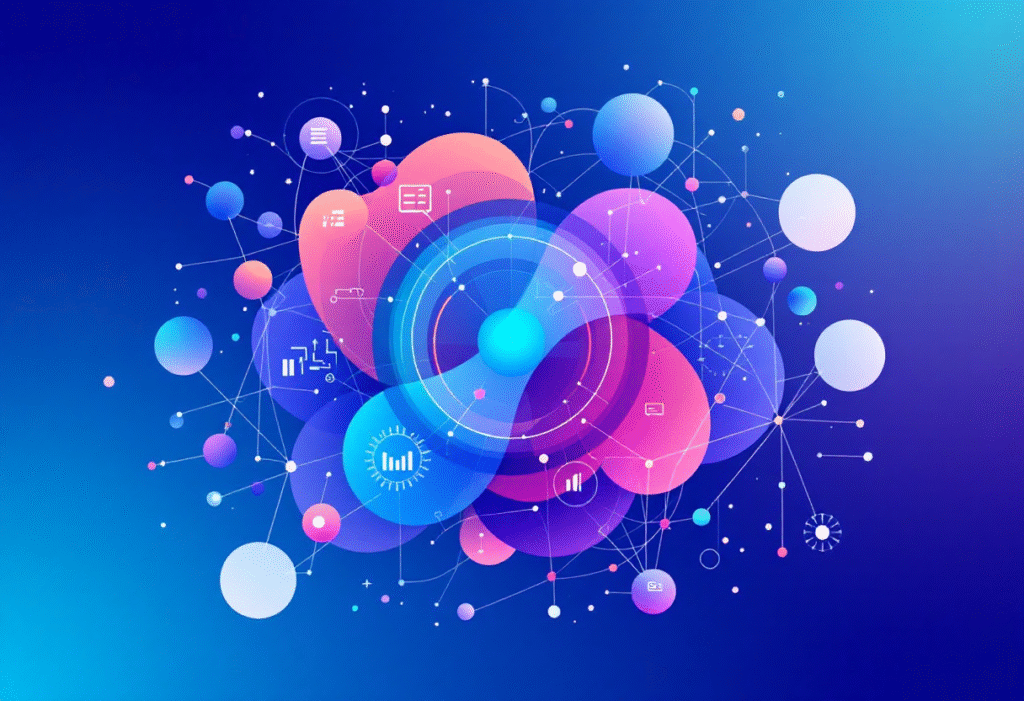
Future possibilities include:
- Brain-computer integration
- Synthetic memory implants
- Cognitive augmentation
Humans could gain new senses and capabilities.
29. The Economic Revolution
Synthetic cognition will power:
- Future megacities
- Financial ecosystems
- Climate infrastructure
- Healthcare evolution
The global economy will shift from industrial to cognitive.
30. The Philosophical Question
If synthetic cognition becomes creative and self-aware…
What defines personhood?
What defines rights?
What defines consciousness?
These are questions society must prepare to answer.
31. Everyday Life Scenarios Powered by Synthetic Intelligence
- Personalized AI nutrition coaches
- Automatic financial planners
- Autonomous home assistants
- Emotion-aware therapy bots
- Career guidance engines
Humans will gain access to personalized life optimization.
32. The Importance of Responsible Development
To ensure safety, developers must implement:
- Ethical alignment
- Transparency
- Security protocols
- Human oversight
- Controlled autonomy
These principles ensure beneficial outcomes.
33. Key Takeaways
By now, it’s clear:
- Synthetic Intelligence is a new form of cognition
- It surpasses traditional AI capabilities
- It will revolutionize industries
- It is humanity’s cognitive partner, not replacement
34. How Beginners Can Explore Synthetic Intelligence Today
You can start by using:
- AI productivity tools
- Generative text systems
- Automation templates
Affordable digital products, assets, and tools can be found on platforms like:
35. The Grand Vision: Humanity + Synthetic Cognition
The goal isn’t to let machines replace humans.
It’s to allow humans to:
- Create faster
- Think bigger
- Live smarter
- Innovate beyond biological limits
Together, hybrid intelligence becomes unstoppable.
Conclusion
Synthetic Intelligence represents the next frontier of technological evolution — one that goes beyond simply mimicking the human brain. Instead, it creates entirely new forms of cognition capable of outperforming human logic in complex, data-intensive tasks while remaining scalable, ethical, and cooperative.
As industries adopt synthetic cognitive platforms, our economy, lifestyle, creativity, and decision-making will transform fundamentally. The future will be defined by collaboration between humans and synthetic minds, enabling breakthroughs we can barely imagine today.
To explore tools, digital products, automation resources, and synthetic creativity solutions, visit:
Your journey into tomorrow’s intelligence begins now.







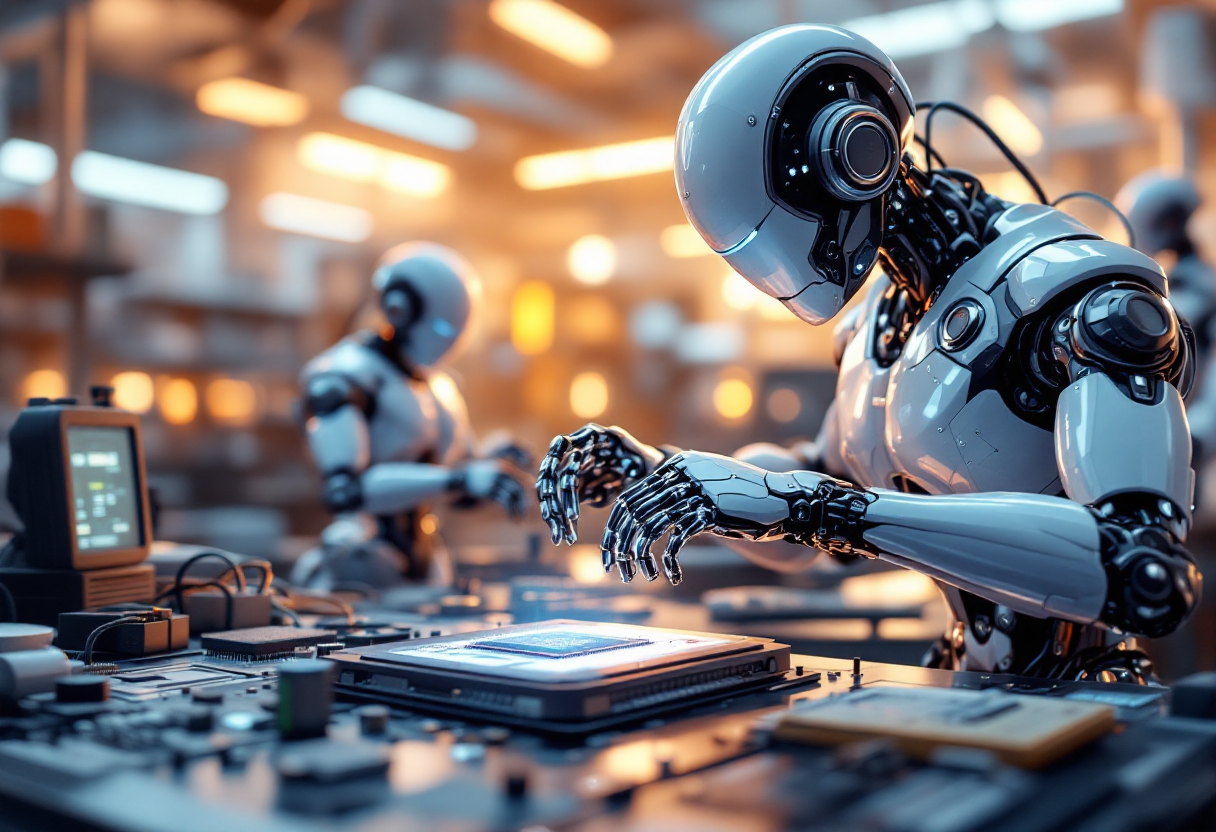
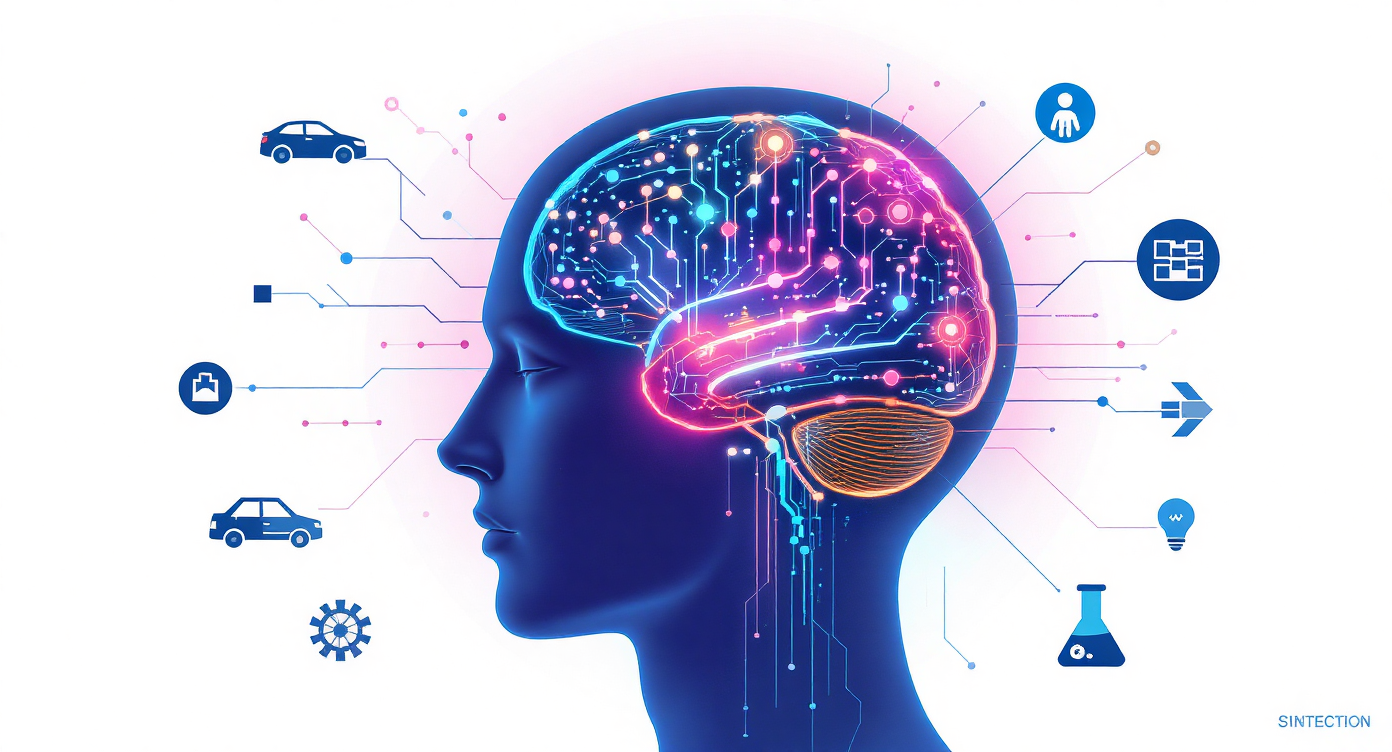
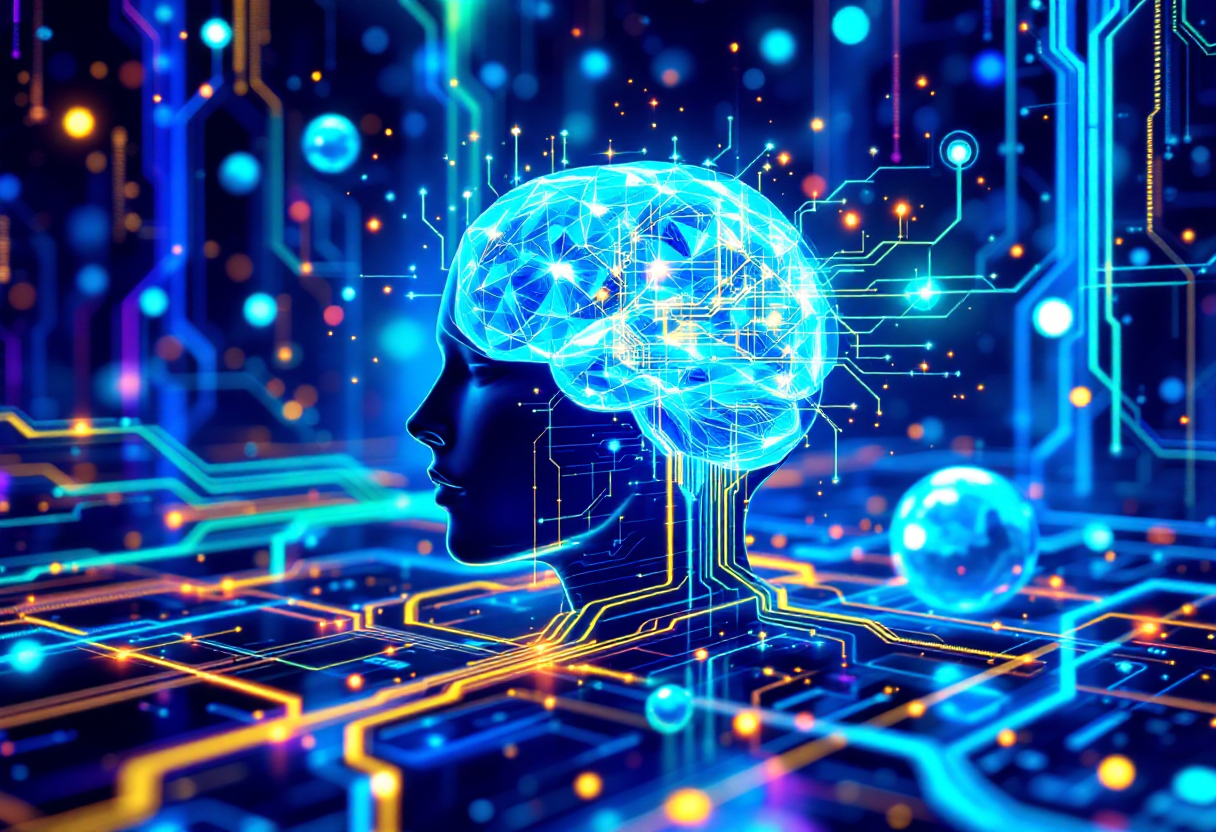

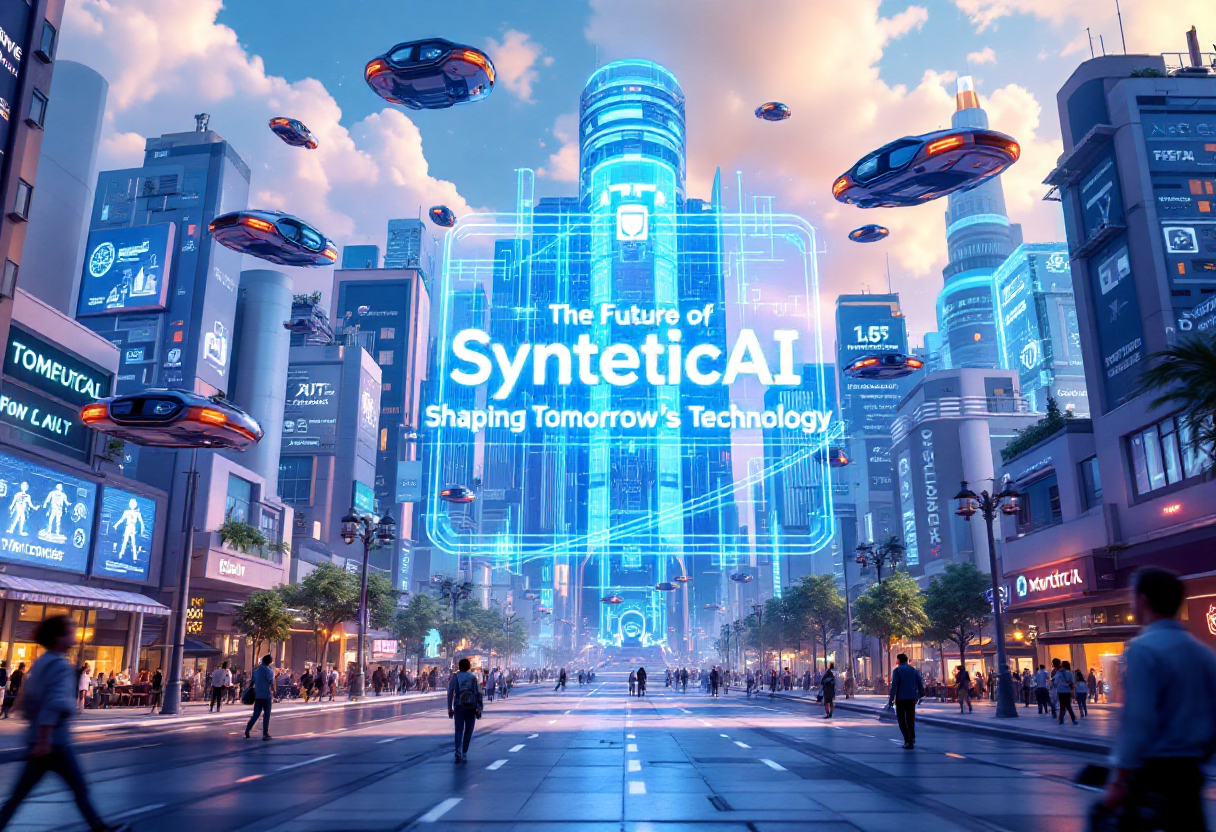
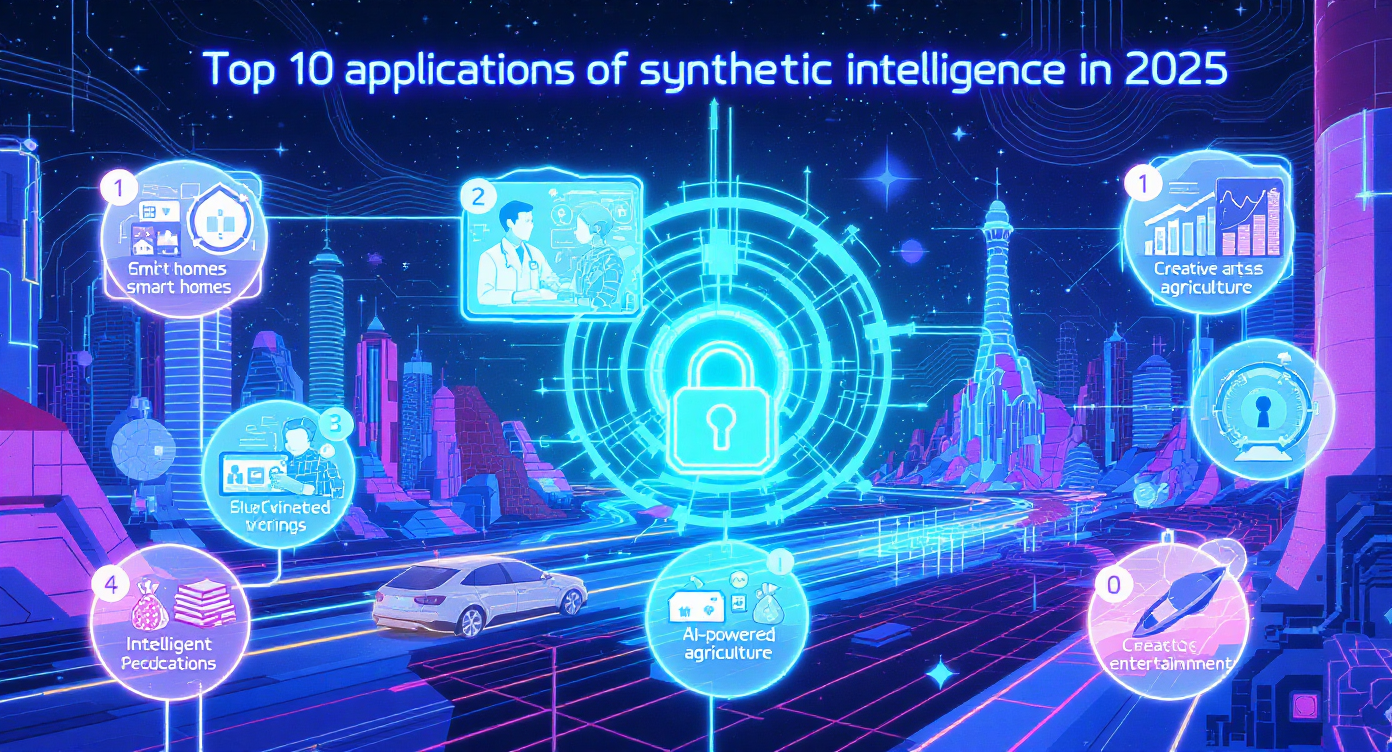

Leave a Reply